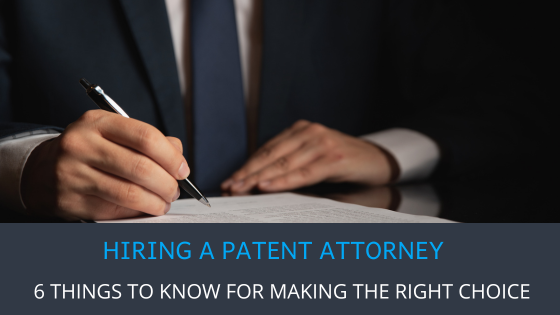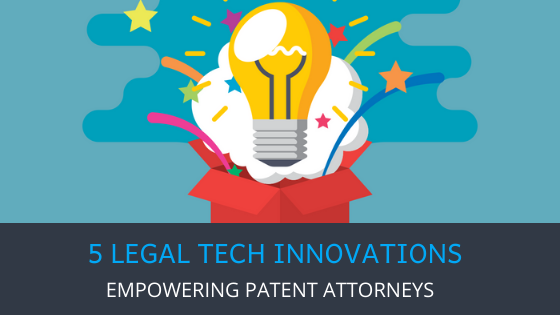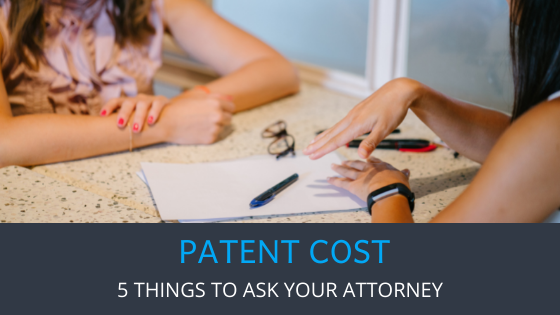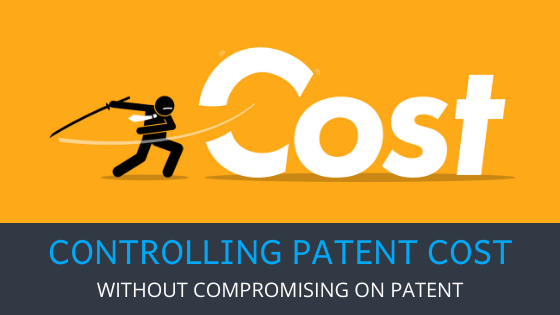
Patent Attorney
Latest News and Articles
Menu


5 Innovations In IP Domain To Empower Patent Attorneys
June 13, 2024

5 Things You Must Ask Your Attorney About The Patent Cost
April 14, 2022

How to control patent costs without compromising on your patent?
February 27, 2020
Use Cases
Innovation Toolkit
Learn Innovation Management
Standalone Tools
© 2025 Triangle IP, Inc. | All Rights Reserved.
